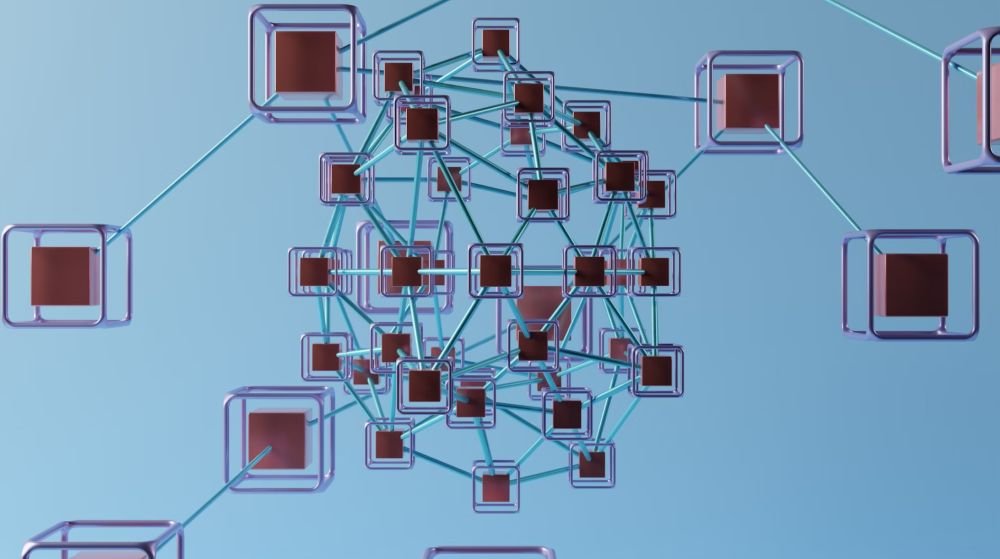Introduction
As digital rapidly evolves, the architecture behind software systems must keep pace. From simple applications serving a single business line to global platforms supporting omnichannel operations, the way we design, deploy, and manage software systems has transformed significantly.
In this article, we explore three major architectural paradigms—Monolithic, Microservices, and Packaged Business Capabilities (PBCs)—and how they reflect the maturity and complexity of modern software architecture and businesses.
We’ll not only dive deep into each architecture’s principles, benefits, and challenges but also walk through a practical e-commerce platform evolution journey to make these concepts easy understand.
Phase 1: Monolithic Architecture – Fast Start, Slow Growth
🔷 What is Monolithic Architecture?
A monolithic system is built as a single unified unit. All application layers—UI, backend logic, and data access—are packaged, deployed, and run together.
🔍 Core Principles
- Single codebase and deployable artifact (e.g.,
.jar,.war, or Docker image) - All components share memory space and resources
- Communication between modules is through in-process function calls
✅ Pros
- ✅ Simple to build and deploy in early stages
- ✅ Easy to test locally as everything runs in one process
- ✅ Lower operational overhead with no service orchestration needed
❌ Cons
- ❌ Hard to scale specific components independently
- ❌ Codebase becomes bloated and hard to maintain over time
- ❌ Any update requires redeploying the entire system
- ❌ Limits parallel development due to code coupling
🛍️ E-Commerce Example – Startup Phase
Imagine an early-stage e-commerce startup building its MVP. They launch a web application that handles product listings, customer login, shopping carts, checkout, and admin dashboards—all within a single Spring Boot or ASP.NET application connected to one MySQL database.
This works well initially, but as traffic and complexity grow, the monolith becomes a bottleneck for scalability and team agility.
Phase 2: Microservices Architecture – Divide and Conquer

🔷 What are Microservices?
Microservices architecture decomposes the application into independent services, each responsible for a single business function. These services communicate via lightweight protocols like HTTP REST or messaging systems.
🔍 Core Principles
- Each service has a well-defined boundary and single responsibility
- Services are independently deployable and scalable
- Every service can use its own tech stack and database
✅ Pros
- ✅ Modular design enables flexible scaling and team ownership
- ✅ Faster releases through independent deployments
- ✅ Fault isolation improves resilience (e.g., payment failure doesn’t crash product search)
- ✅ Easier to adopt best-fit technologies per service
❌ Cons
- ❌ Service orchestration and communication complexity increases
- ❌ Distributed transactions and consistency require advanced patterns
- ❌ DevOps, CI/CD, and observability infrastructure become mandatory
- ❌ Testing requires more effort (integration, contract, E2E)
🛍️ E-Commerce Example – Scaling Up
To support thousands of daily users and rapid feature expansion, the e-commerce platform splits into microservices:
UserService: Handles registration, login, profileProductService: Manages catalog, filtering, SEO tagsOrderService: Manages cart, checkout, order trackingInventoryService: Syncs stock levels from warehousesPaymentService: Interfaces with Stripe, PayPal, AlipayNotificationService: Sends SMS, emails, app notifications
Each service has its own database. The system uses an API Gateway for client access and a service discovery tool (e.g., Consul) for internal communication.
Phase 3: Packaged Business Capabilities (PBC) – Beyond Services to Business Capabilities

🔷 What is a PBC?
A Packaged Business Capability (PBC) is a logical unit that encapsulates a complete business capability—functionality, data, interfaces, rules, and configuration—in a reusable, composable format. It is not just a service but a business-aligned software module.
Think of it as a productized unit of business logic.
🔍 Core Principles
- Business-first: aligns directly with domain capabilities
- Self-contained: includes logic, UI components (optional), APIs, data models
- Composable: can be orchestrated with other PBCs
- Reusable across business contexts or channels
✅ Pros
- ✅ Higher-level modularity based on business language
- ✅ Ideal for digital platforms and multi-channel reuse
- ✅ Encourages clean separation between business capabilities
- ✅ Enables enterprise composability and agility
❌ Cons
- ❌ Requires deep domain modeling and governance
- ❌ Heavy investment in API standardization and metadata
- ❌ Early overengineering risk if done too soon
🛍️ E-Commerce Example – Platform Maturity
As the company expands globally and supports mobile apps, marketplaces, and brick-and-mortar POS, it evolves its system to a platform with reusable PBCs:
CustomerPBC: Handles profiles, preferences, loyalty tiers, segmentationProductPBC: Multi-language product info, variants, taxonomyPricingAndPromotionPBC: Dynamic pricing rules, coupons, region-specific promotionsOrderOrchestrationPBC: Manages complex fulfillment logic, returns, delivery optionsLoyaltyPBC: Points system, reward rules, engagement campaigns
These PBCs may internally consist of multiple microservices but are exposed as composable building blocks to internal teams, third-party developers, or integration platforms.
Architecture Evolution: Summary Table
| Category | Monolithic | Microservices | PBC |
|---|---|---|---|
| Unit of Structure | Application | Service | Business Capability |
| Responsibility Scope | Whole system | Single function | Full business function |
| Deployment | One package | Multiple services | Multiple reusable capability units |
| Tech Stack Flexibility | Low | High | Very high |
| Complexity | Low (initially) | Medium to High | High (domain, integration, API) |
| Suitable For | MVPs, simple systems | Scaling teams, evolving systems | Enterprise platforms, digital cores |
Conclusion
Software architecture must evolve with your business. What works for a product MVP will not scale for a global commerce platform. As we’ve seen:
- Monolithic architecture offers simplicity and speed—but becomes rigid and fragile over time.
- Microservices provide agility, scalability, and resilience—but introduce technical complexity and governance needs.
- PBCs align deeply with business strategy—enabling large organizations to build flexible, modular, and future-proof digital ecosystems.
If you’re leading a platform transformation, consider your organization’s maturity, engineering readiness, and business modularity before jumping from one architecture to the next. The goal is not to adopt a trend—but to build systems that support your business’s evolution.






